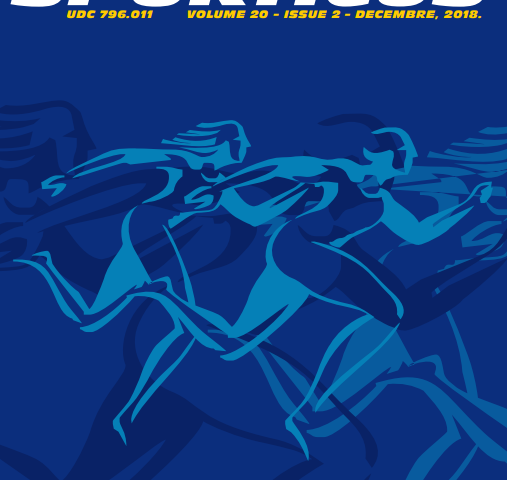Abstract
Introduction: Flexibility is defined as a maximum mobility amplitude. Flexibility drops with the age. It is very well known that a physical activity stands out as a decisive factor in terms of quality lifestyle, which, at the same time, prevents and reduces various physical and psychological age-associated changes. Stretching exercises or flexibility excercises are particularly important part of each training programme as they increase the mobility span at joints, relax muscles and ease everyday activities, making a body more flexible and helping in the prevention from injuries. Methods: The works through two databases PubMed, Cihnal, Embase, Open-J-Gate i Google Scholar have been sought. The works of experimental character on exminees over 60 years of age have been analyzed. The works dealing with the issue of flexibility directly or indirectly through a research by its very content, have been sought. Results: By initial database search we have come across with a preliminary figure of 3810 works, which have consequently produced 16 works by a meta-analysis, being analysed in details, from which a comprehensive conclusion has been eventually inferred. Conclusion: Exercise including joints relaxation by its content, such as water exercise, then the one excluding uncoordinated rash motions by its content, such as pilates, has been scientifically proved to be beneficial to the elderly population. As a result, minimum injury exercise contributes to the improvement in all psycho-physical abilities, including flexibility.


